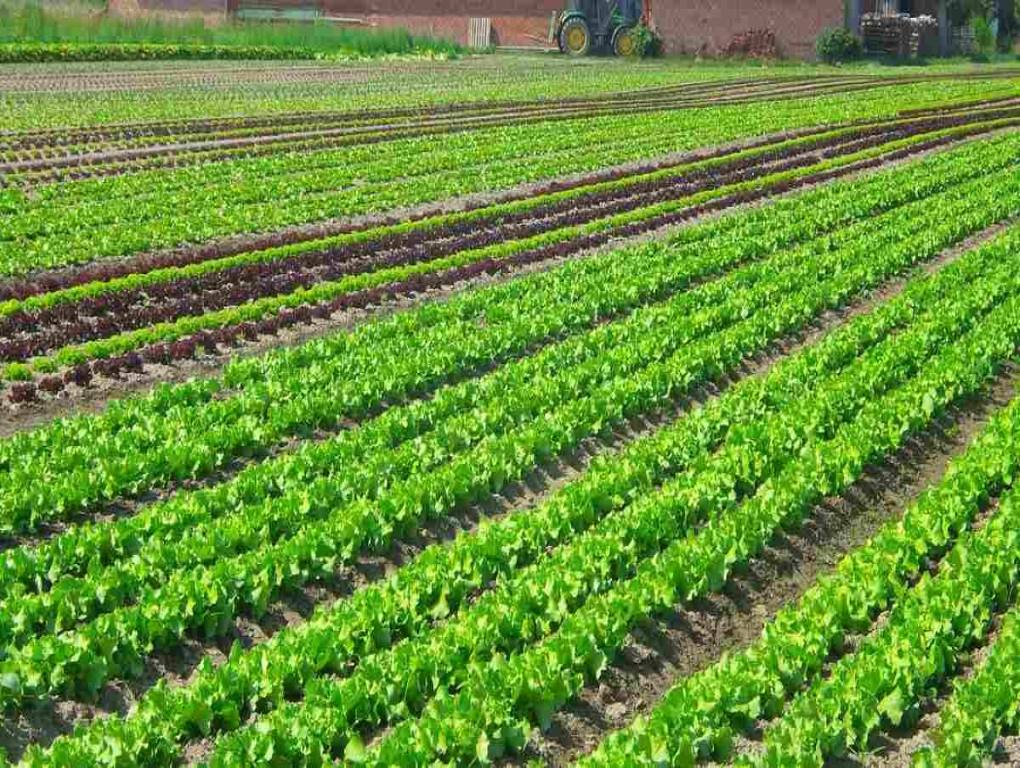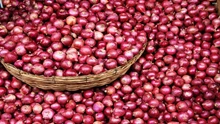
CA is a management strategy for agroecosystems that aims to maximize and sustain productivity, earnings, and food security while protecting and strengthening the environment and the base of available resources. According to FAO (2004), CA is characterized by three interconnected principles: Three interconnected criteria (FAO 2004, 2013) that define CA include:
CA is a management strategy for agroecosystems that aims to maximize and sustain productivity, earnings, and food security while protecting and strengthening the environment and the base of available resources. According to FAO (2004), CA is characterized by three interconnected principles: Three interconnected criteria (FAO 2004, 2013) that define CA include:
-
Continuous minimum mechanical soil disturbance;
-
Persistent organic soil cover; and
-
Diversification of crop species produced in sequences and/or associations.
With regionally modified approaches, CA concepts are generally applicable to all agricultural landscapes and land uses. CA improves both above- and below-ground ecological processes and biodiversity. The least possible amount of soil interventions, such as mechanical soil disturbance, is used, or none at all. The application of external inputs, such as agrochemicals and plant nutrients with mineral or organic origin, is done in a way that maximizes effectiveness while avoiding interfering with or disrupting biological processes. Good agronomy is facilitated by CA, which enhances total land management for both irrigated and rain-fed agriculture.
CA is a foundation for sustainable agricultural output intensification. It is complemented by other well-known good practices, such as the use of high-quality seeds and integrated pest, fertilizer, weed, and water management. It expands the possibilities for integrating different production sectors, including the incorporation of trees and pastures into agricultural landscapes as well as the integration of crops and animals. The comprehensive involvement of farmers and rural residents in all stages of problem analysis, technology development, adaptation, and extension also serves as the foundation for CA approaches. This aims to advance the development of more socially and environmentally just kinds of agriculture as well as more equitable access to productive resources and opportunities. CA increases soil quality and agricultural productivity by continuously growing cover crops. An increase in soil organic matter (SOM), which is related to soil organic carbon (SOC), can be used to measure this (Ruehlmann & Körschens 2009). An increase in the latter results in better water usage efficiency and more water being accessible, which increases yields.
Why CA? A motivation
1. The deterioration and collapse of soil ecosystem services and soil quality at this point, competitive yields are not possible without the use of inorganic fertilizer; however, declining yield trends in some regions indicate that the impact of this practice has reached its limit and that soil ecosystem services should be restored in order to regain soil productivity, lower risk, and boost profitability. With CA, soils can be regenerated or recovered by properly implementing all of its principles.
2. Farmers will be under pressure to modify their farming systems and management practices in order to strengthen their resilience and sustainability as a result of the impact of climate change on weather patterns, water regimes, biodiversity, and ecosystem services.
3. Growing use of and advocacy for sustainable agriculture techniques by farmers, scientists, and agribusiness (as stewards of the land and natural resources). The networking of these important players results in "innovation platforms," which are the best kinds of structures for spreading and promoting CA.
4. The need to increase the competitiveness of farming operations and the efficiency of resource usage depends on healthy soils, a diverse ecosystem, and inventive farmers.
5. The need to restore the status and reputation of agriculture, which have been greatly tarnished by its detrimental environmental impact and dire socioeconomic circumstances. The ability of CA innovation platforms to create or contribute to significant social capital in rural societies could have a number of favorable socio-economic spin-offs that would be advantageous to society as a whole.
Knowledge of conservation agricultural practices
Recent research demonstrated the environmental and agronomic potential of CA principles globally. Around 105 million hectares of land are thought to be covered by CA practices worldwide, with South America, the United States, Canada, and Australia making up roughly 96.1% of the total. Only 3.9% of the area belongs to the rest of the world, and only 0.3% to Africa (Derpsch and Friedrich, 2009). Due to the increased soil productivity, preservation of the ideal soil environment in the top soil, improvement of soil organic matter content and, consequently, soil structure, reduction of atmospheric CO2 levels and other greenhouse gases through reduction in oxidation by releasing soil organic carbon into the soils, and nitrogen mineralization through rotation with legumes, CA is becoming more and more popular among farmers (Friedrich et al., 2009; Lal, 2009). The literature that is now available indicates that CA methods have the ability to stabilize or improve crop yields over time, but adoption is very slow or non-existent (Giller et al., 2009). An analysis of CA techniques implemented in India to fight soil deterioration is included in a recent study on the effectiveness of CA, and it demonstrates that these activities frequently but not always have a positive yield effect.
Measuring conservation agriculture
The following is a list of indicators that can be used either individually or in combination to measure CA success and adoption:
1. Return on investment as a function of yield (t/ha)
2. Levels of (reduced) external production inputs, expressed in R/ha or kg/ha/yr for fertilizers, insecticides, and herbicides, and lit/ha/yr for fuel use.
3. Chemical tests of soil health a. a pH, acidity level, and specific micro- and macronutrient ratios that are balanced (see also Soil Health Tool below)
4. Biological assessments of soil health A soil health tool (SHT Index) and/or b soil biomass (microbial biomass, earthworm populations), microbial genetic diversity (DNA sequencing), microbial functional diversity (BIOLOG test), carbon cycling (Solvita CO2 respiration, soil enzymes), nitrogen cycling (part of SHT), and important species (Mycorrhiza, pathogens)
5. Measurements of soil health, including accumulation of soil organic matter (SOM) and soil organic carbon (SOC) in relation to a suitable baseline (taking into account various soil C fractions, such as active or labile fractions), aggregate stability
6. Water use efficiency expressed as evapotranspiration or rainfall in kilograms per millimeter
7. A decrease in risk (combination of yields, WUE and return on investment linked to knowledge and management levels)
8. Soil loss (ton/ha/yr) using field observations and soil loss modeling
9. The number of CA farmer organizations, including clubs and study groups (measured by impact survey)
10. The percentage of farmers who adopt CA by area (adoption rate)
11. Annual sales of no-till planters by region
12. The frequency of insect infestations or other invasive alien species infestations by season and region.
REFERENCES
Derpsch, R., Friedrich, T., 2009. Global overview of conservation agriculture no-till adoption. In: Fourth World Congress on Conservation Agriculture, New Delhi, India, pp. 4–7.
FAO. 2004. Intensifying crop production with conservation agriculture. Available at http://www.fao.org/waicent/faoinfo/agricult/ags/AGSE/Main.htm (accessed on 23 November 2004).
FAO. 2013. Basic Principles of Conservation Agriculture. Available at http://www.fao.org/ag/ca/1a.html (accessed on 15 January 2013).
Friedrich, T., Kassam, A., Shaxson, F., 2009. Conservation agriculture, Agriculture for Developing Countries. Science and Technology Options Assessment (STOA) Project. Karlsruhe. European Technology Assessment Group, Germany.
Giller, K.E., Witter, E., Corbeels, M., Tittonell, P., 2009. Conservation agriculture and smallholder farming in Africa: the heretics’ view. Field Crops Research 114 (1), 23–34
Lal, R., 2009. Challenges and opportunities in soil organic matter research. European Journal of Soil Science 60 (2), 158–169
Ruehlmann, J. & Körschens, M. 2009. Calculating the effect of soil organic matter concentration on soil bulk density. Soil Science Society of America Journal, 73: 876–885.
Authors
Sandip Kumar Gautam, Kautilya Chaudhary, Anil Kumar
Department of Soil Science, CSJM University, Kanpur Nagar, UP (209202)
Sandipkumar9930@gmail.com
Defining conservation agriculture (CA)












Share your comments